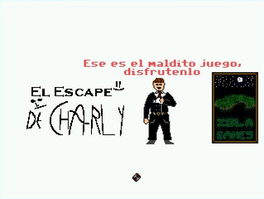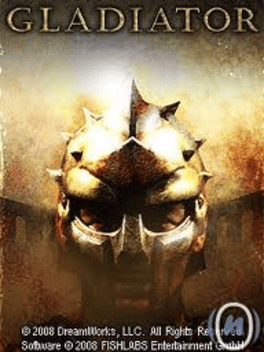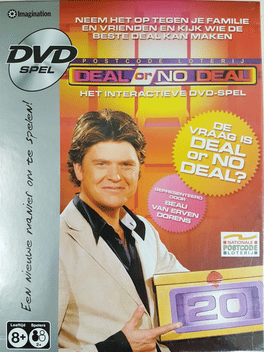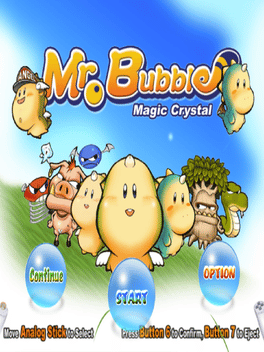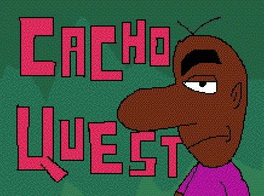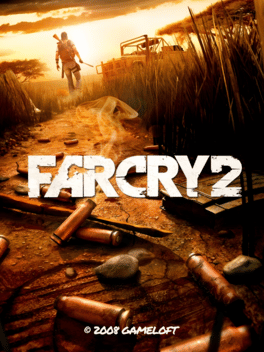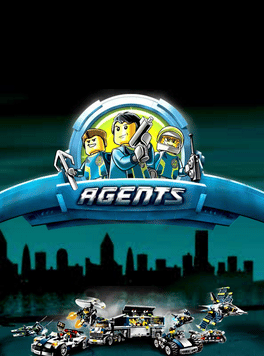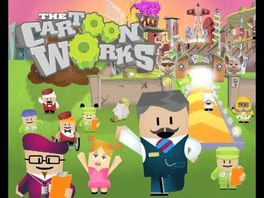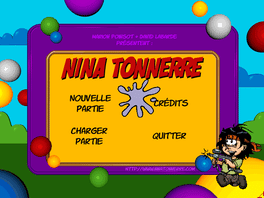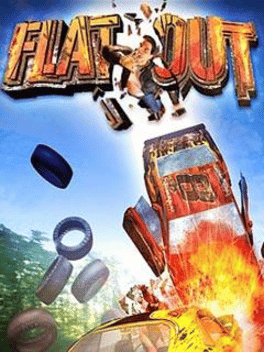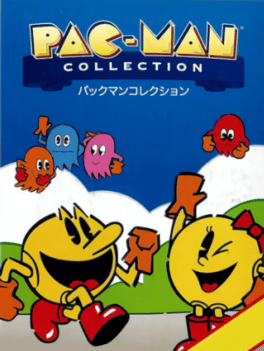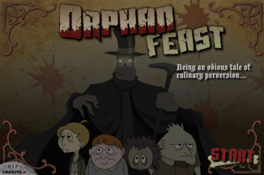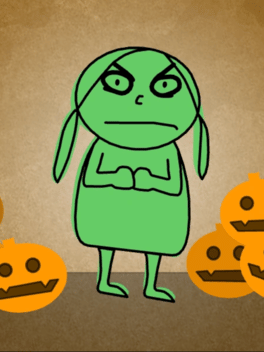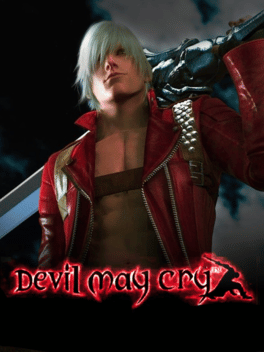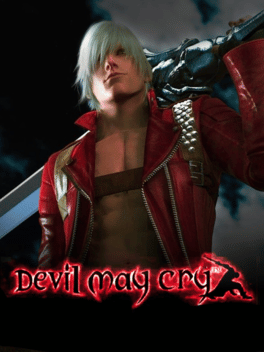New Games - Page 9855
-
El Escape de Charly
2008
-
Gladiator
2008
Gladiator
2008
This game is based on the same named blockbuster. Choose one of nine characters and fight on the hot sand of Colosseum's arena. All fighters has different abilities and fighting styles. Survive in all combats and get win in the final battle! There are 3 game modes and two-player Bluetooth multiplayer mode too. -
Bionic Commando: Re-Armed
2008
Classic side-scrolling action is reporting back for duty on mobile! Revisit the new look arcade hit, swinging and shooting your way to save the world! -
Postcodeloterij Deal or No Deal: Het Interactive DVD-Spel
2008
Postcodeloterij Deal or No Deal: Het Interactive DVD-Spel is a DVD game based on the Netherlands version of Deal or No Deal. -
Mr. Bubble
2008
Mr. Bubble
2008
A game where you blow bubbles into enemies and defeat the enemies by touching those bubbles. It has 3D enviroments and a story cutscene at the beggining. It came bundled with the DVD Disc for the Eee Stick alongside some other games. -
Cacho Quest
2008
-
Far Cry 2
2008
Far Cry 2
2008
Far Cry 2 for mobile handsets is a top-down shooter based on the 3D console and PC title by Gameloft. -
Bear Miner
2008
-
LEGO Agents: Mission X
2008
Lego Agents: Mission X was a web browser game based on the Ultra Agents set from 2008. The player was tasked to complete various missions based on different sets using different vehicles. -
Invasion
2008
-
The Cartoon Works
2008
-
Nina Tonnerre
2008
-
Ape Escape M
2008
Ape Escape M
2008
Ape Escape M takes the core concepts of the console Ape Escape games and brings them into a 2D game with an overhead perspective. The story is similar to the original Ape Escape in that it has you playing as Spike as he tries to stop Specter and his army of apes, but it does take place after the first game. In each level, you’re tasked with capturing most of the apes with your net before you can advance. You also have other gadgets, such as the stun club, radar, and slingshot that can be used to track the apes and stun them for easier capture. As you explore each level, you can find healing items, items that grant additional lives, and enemies that can only be defeated and not captured. Some levels also have doors that lead back to hidden areas in previous levels if you can find the key to unlock them. There are 121 apes in total to catch across five different worlds and in-game achievements can also be unlocked based on the player’s accomplishments. -
FlatOut
2008
FlatOut
2008
This is a mobile FlatOut now having new stunning graphics and top view. Complete three stages of the competition: Bronze, Silver and Golden. You are going to experience races in the shady woods and snowy mountains..Mud, rain, snow and many other things. -
Pac-Man Collection
2008
-
Orphan Feast
2008
Orphan Feast
2008
Creaky Tom's got a devilish plan to raise some quick cash-turn the orphans roaming the streets of London into delicious pies to be sold to unsuspecting citizens. Bag as many Orphans as you can in each level while avoiding the police and other unruly citizens that would keep you from your goal (and steal your precious orphans). -
Jungle Drummer
2008
Jungle Drummer
2008
Jungle Drummer is an arcade rhythm-game by International Games System CO., LTD. and Universal Space. -
Making Fiends: Pumpin Plunkin'
2008
Pumpkin Plunkin' is a Flash game made by Amy Winfrey for the Making Fiends website. It is also available at Nicktoons' site. At the beginning of the game, the rules are explained by both Charlotte and Vendetta. The overall objective is to throw pumpkins at Charlotte while she moves around the screen in various costumes. -
Devil May Cry
2008
Devil May Cry
2008
A 3D version of Devil May Cry 3D, a mobile game based on Devil May Cry 3: Dante's Awakening. -
Devil May Cry
2008
Devil May Cry
2008
Devil May Cry is a mobile game based on Devil May Cry 3: Dante's Awakening. This version of the game is a side-scroller action game with 2D graphics.

